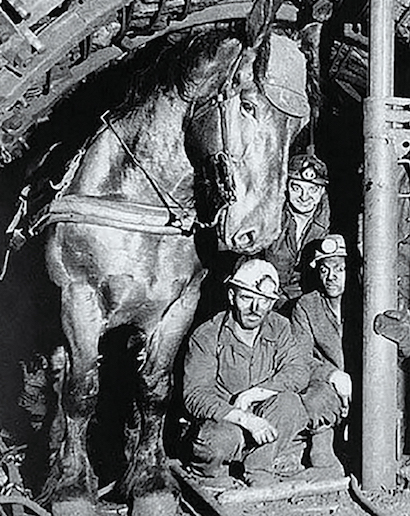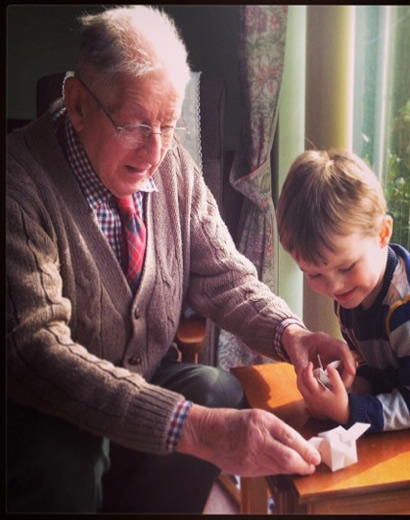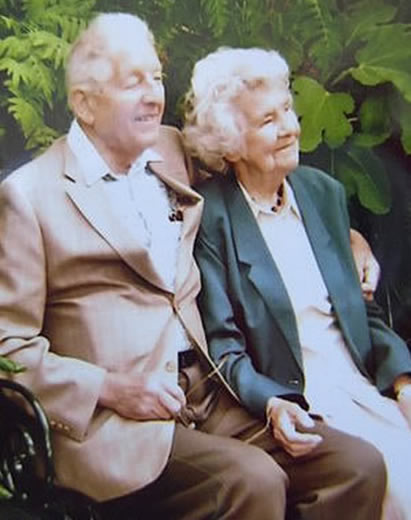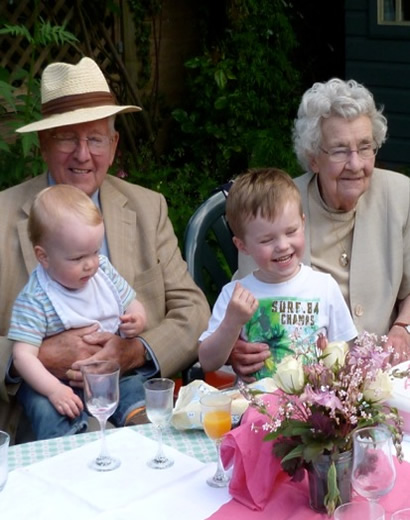King Coal
When I went to school in the 1930s we were taught that Britain was a rich country because we lived on a vast reserve of coal. There were hundreds of pits, thousands of miners, all privately owned, and industry still ran mainly on steam power, although electricity was beginning to make inroads. All the coal was transported round the country in trains pulled by steam engines, all privately owned, too. Heating in houses was also made by coal fires and the distribution of all coal was by many coal merchants, some in big chains that covered the country and some by individual merchants particularly in country districts. Each merchant had shops in shopping areas where you could order your requirements and I remember one at Wells Terrace near Finsbury Park station which , to attract customers had a huge piece of polished coal in the window that was a real eye catcher. In the coal yards near stations each merchant had his dumps, usually in bays made from old railway sleepers. Coal trains emptied straight into them mainly using man power, where the coal was weighed and bagged into heavy tarred sacks, ready to load onto carts and lorries for distribution.
Inside the house grates varied depending on the quality of the house and the type of room. In most old terraced houses between the wars kitchens had a coal range which incorporated at least one oven . In larger houses ranges got more elaborate with some heating a water tank to give hot water, but all of them were the product of the cast iron industry. This meant they had to be kept clean and free from rust.Flat working surfaces were often polished with emery paper until they shone and the main body of the range was cleaned with black lead paste which could be bought at ironmongers. Grates and ranges incorporated fire bricks in their design which could withstand the great heat that built up. Bedrooms usually had small cast iron grates incorporating a cast iron mantelpiece, but Victorions went in for very elaborate fireplaces sometimes of marble with mantelpieces covered with a decorative cloth with tassles on which they stood highly decorative items like clocks, candle sticks, vases etc. We called them antimacassars but I think the name originated from the little pieces of material put on the backs of arm chairs to prevent the upholstery being marked by the antimacassar oil that men used to put on their hair in the days before Brylcreem
Coal fires made a lot of smoke and this meant that in the chimney soot would build up and could catch fire. Many chimneys had a bend in them and this is where fires often started and when they did the result was quite startling. A fire would draw the draught up the chimney and feed the fire with oxygen and it was a common sight to see and smell a chimney fire with sparks, smoke and sometimes flames roaring out of the top of a chimney. If the house was old there was always a danger that the chimney lining could be cracked and the fire could penetrate to wooden joists and most people put them out as quickly as possible by blocking up the bottom and starving the fire of air, but if this did not work the Fire Brigade was called. They put it by putting water up and down the chimney and made a terrible mess. Even so, some people who begrudged paying a sweep, bought litter fireworks called Imps which they put up the chimney and deliberately set it alight. I always remember our kitchen at Hornsey Road when the chimney caught fire because the roaring noise was quite terrifying.
In residential houses coal was often stored in cellars below ground level often with outside access via a round manhole outside the front door that the coalman could tip down. Inside there would be a cellar door and stairs down to get at the coal. All this storage meant that coal dust could build up and although piecies of coal made the best fire , a careful householder tried to bank up fires with some dust and small coal, and in the War people often made brickettes to use the dust up. Some cellars were very damp and ours sometimes had two or three inches of water in it, which was not uncommon
Nowadays, with timed central heating, we get up into a warm house and dont have to do a thing to get hot water out of the tap. In the days of coal fires , the first thing you did when you got up was clean the fire of all the ash, put aside pieces of coal not burny through, lay the fire with paper and chopped wood, light it and fuss over it until it was well alight, fill the coal scuttle and then clean up the hearth ready for the day. A common dodge when lighting the fire if it was a bit dead was to hold a sheet of newspaper over the front of the open grate, causing a draught that backed the fire up. You had to be careful not to catch the paper alight, which often happened. I always took great pleasure in chopping firewood to quite small pieces that caught fire easily , and remember Eileen saying that it wasnt a chore for me to chop wood as I enjoyed doing it. Throughout the day you had to clean and remove ash and generally make sure it was burning at the right speed by controlling the vents usually under the grate. My dear old Mum, who was in domestic service about 1900 used to say it was her job to get up about 4.30am , clean, lay and light the fires so that when the gentry came down for breakfast the room was warm with a nice bright fire.
Here we are at the start of 2020 and with gas supplies getting low they are talking about coal again but this time in open castes, not pits. We will see how it all develops
.
Image from Horse Journals. www.horsejournals.com
Another big distribution was to gas works, which you could find in most towns of any size. Here the trains ran straight into the works and unloaded onto big dumps ready to be fed to the ovens and heated to make gas. It was then stored in big gasometers that sank into the ground when they were empty and rose as they were filled with gas, to give the pressure needed to distribute it. It was a dirty and smelly process and you could always tell when you were near a gasworks. Two of the by products were creosote , which you could buy cheaply if you took your own container, and sulphate of ammonia,often used in the garden. What was left was coke and as the years went by it became more and more popular. It was difficult to burn on an open fire, but ideal in boilers or grates with controlled draughts and was looked on as a smokeless fuel.Smog.
All this coal burning in winter months, with hundreds of thousands of chimneys pouring out smoke meant that when the air was still and there was no wind,it mixed with the natural fog and mist and made a dirty yellow atmosphere that was called smog. It must have plagued London for hundreds of years but it reached its peak with the growth of London in the pre-war years and continued until the introduction of Clean Air Legislation, after the War. In the thirties a lot of streets were lit by gas lights and the yellow light did little to penetrate the gloom. If you blew your nose your handkerchief was covered in black smuts and people with breathing difficulties had to be very careful and keep indoors as much as possible. Walking was difficult as you could only see a few yards in front of you but the worst problems were to do with transport. Trams had lines to guide them but still had to go slow to prevent them from hitting anything, and that meant they would crawl along with several trams in a queue. Motor transport was worst hit because windscreens didn’t help and headlights only reflected back from the smog. Sometimes it was so bad that bus conductors would walk in front of their buses with flaming torches which could be seen and followed by drivers . Motorists tended to follow the tail lights of the vehicle in front in the hope that it was going the right way and often long queues built up doing this. There was one story about a large old Victorian mansion with a drive that went in one gate and out another. One very bad smog the residents could not make out where all the noise was coming from and when they looked out the front door the traffic was coming in one gate round the drive and out the other all following somebody in the front who had turned in in error. I remember one occasion on a particularly bad smog filled night I met with a blind man and his white stick about to cross the road. Although I could not see anything my instinct was to go and help him when I suddenly realised that he was probably more in charge than I was and in his world of darkness, smog made no difference.Fires and chimneys.
Before central heating coal was the main source of heating and most rooms were built with a chimney and each had its own stack. This meant large houses ,offices and hotels had a formidable array of chimney stacks ,often in long rows across the roof tops and even little terrace houses had one per room. Each chimney was topped by a pot and some of these were very decorative and in the West country you often saw chimney pots with jagged edges which were to stop the Devil going down ! There were lots of patented pots with special designs to increase draft and stop the wind going down the chimney and many are now collectors items. Elizabethan houses had very elaborate pots and stacks and are a delight to see.Inside the house grates varied depending on the quality of the house and the type of room. In most old terraced houses between the wars kitchens had a coal range which incorporated at least one oven . In larger houses ranges got more elaborate with some heating a water tank to give hot water, but all of them were the product of the cast iron industry. This meant they had to be kept clean and free from rust.Flat working surfaces were often polished with emery paper until they shone and the main body of the range was cleaned with black lead paste which could be bought at ironmongers. Grates and ranges incorporated fire bricks in their design which could withstand the great heat that built up. Bedrooms usually had small cast iron grates incorporating a cast iron mantelpiece, but Victorions went in for very elaborate fireplaces sometimes of marble with mantelpieces covered with a decorative cloth with tassles on which they stood highly decorative items like clocks, candle sticks, vases etc. We called them antimacassars but I think the name originated from the little pieces of material put on the backs of arm chairs to prevent the upholstery being marked by the antimacassar oil that men used to put on their hair in the days before Brylcreem
Coal fires made a lot of smoke and this meant that in the chimney soot would build up and could catch fire. Many chimneys had a bend in them and this is where fires often started and when they did the result was quite startling. A fire would draw the draught up the chimney and feed the fire with oxygen and it was a common sight to see and smell a chimney fire with sparks, smoke and sometimes flames roaring out of the top of a chimney. If the house was old there was always a danger that the chimney lining could be cracked and the fire could penetrate to wooden joists and most people put them out as quickly as possible by blocking up the bottom and starving the fire of air, but if this did not work the Fire Brigade was called. They put it by putting water up and down the chimney and made a terrible mess. Even so, some people who begrudged paying a sweep, bought litter fireworks called Imps which they put up the chimney and deliberately set it alight. I always remember our kitchen at Hornsey Road when the chimney caught fire because the roaring noise was quite terrifying.
In residential houses coal was often stored in cellars below ground level often with outside access via a round manhole outside the front door that the coalman could tip down. Inside there would be a cellar door and stairs down to get at the coal. All this storage meant that coal dust could build up and although piecies of coal made the best fire , a careful householder tried to bank up fires with some dust and small coal, and in the War people often made brickettes to use the dust up. Some cellars were very damp and ours sometimes had two or three inches of water in it, which was not uncommon
Nowadays, with timed central heating, we get up into a warm house and dont have to do a thing to get hot water out of the tap. In the days of coal fires , the first thing you did when you got up was clean the fire of all the ash, put aside pieces of coal not burny through, lay the fire with paper and chopped wood, light it and fuss over it until it was well alight, fill the coal scuttle and then clean up the hearth ready for the day. A common dodge when lighting the fire if it was a bit dead was to hold a sheet of newspaper over the front of the open grate, causing a draught that backed the fire up. You had to be careful not to catch the paper alight, which often happened. I always took great pleasure in chopping firewood to quite small pieces that caught fire easily , and remember Eileen saying that it wasnt a chore for me to chop wood as I enjoyed doing it. Throughout the day you had to clean and remove ash and generally make sure it was burning at the right speed by controlling the vents usually under the grate. My dear old Mum, who was in domestic service about 1900 used to say it was her job to get up about 4.30am , clean, lay and light the fires so that when the gentry came down for breakfast the room was warm with a nice bright fire.
Here we are at the start of 2020 and with gas supplies getting low they are talking about coal again but this time in open castes, not pits. We will see how it all develops
.





